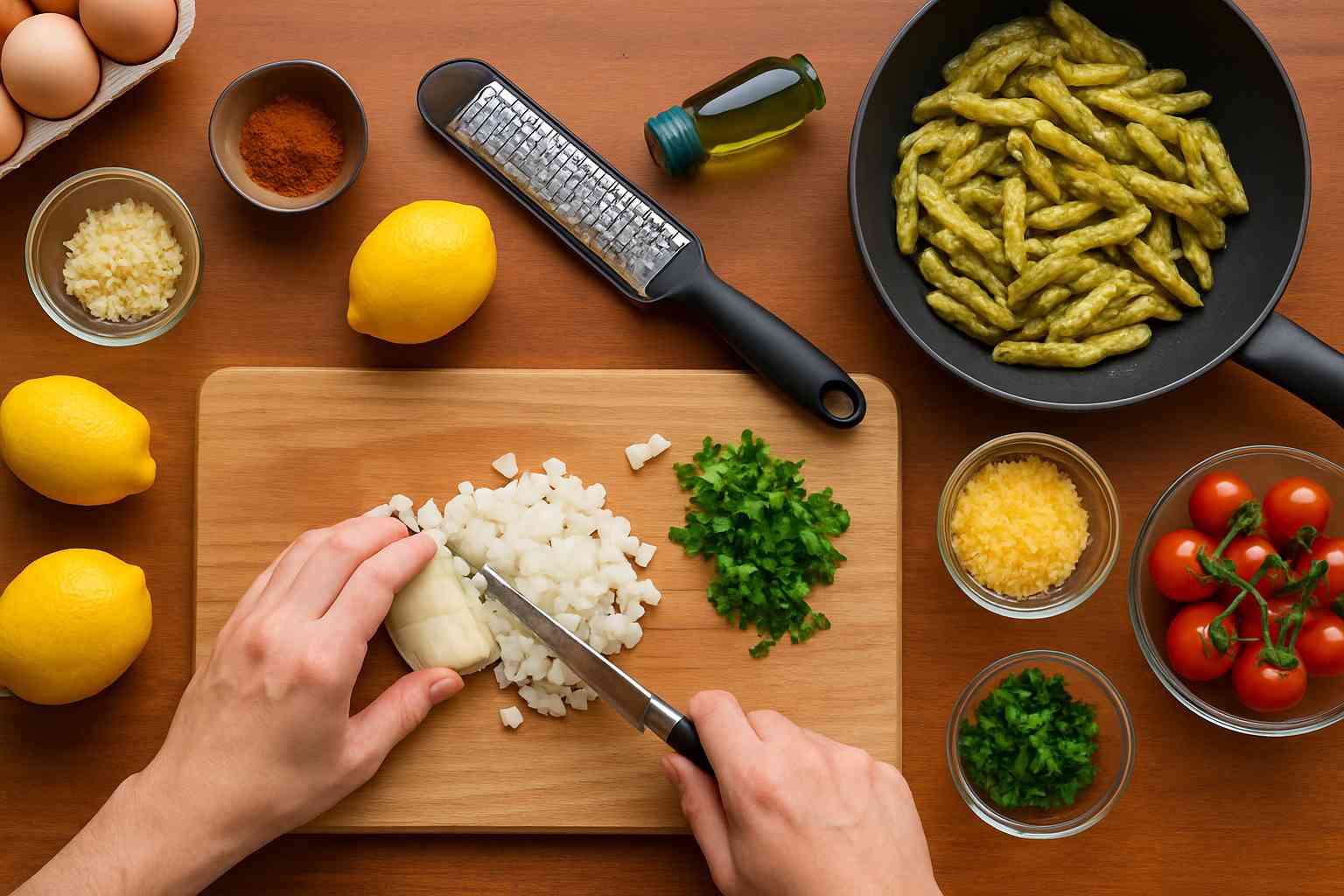Starting your cooking journey can feel both exciting and overwhelming. Fortunately, there are practical techniques that can make every meal simpler, faster, and more delicious. These essential cooking hacks are designed to save time, reduce stress, and elevate the flavor of your dishes—even on your very first try.
1. Use Salt Strategically
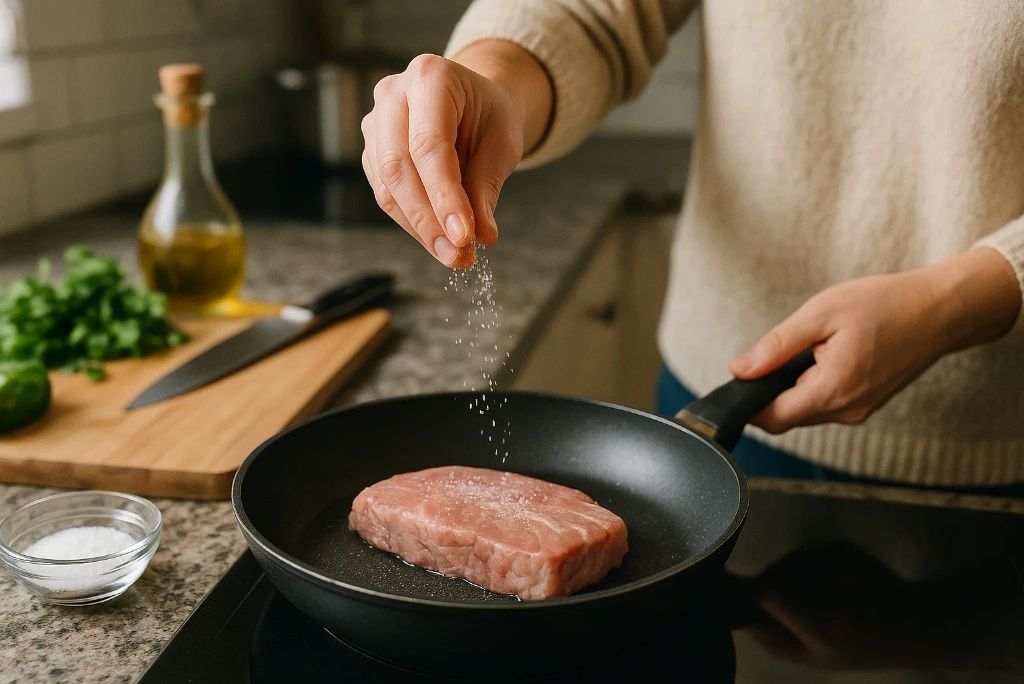
To begin with, mastering how and when to use salt is foundational to good cooking. Salt enhances flavors at every step—from seasoning boiling pasta water to drawing moisture from meats for better browning. Even sweet treats benefit from a pinch, as it sharpens chocolate and balances sugar.
Additionally, vegetables like zucchini and eggplant improve in texture and flavor when salted ahead of time. Keep in mind that different salts (such as kosher, sea, or table salt) vary in strength, so adjust accordingly. Ultimately, salting smartly will make your food taste more vibrant.
2. Master the “Mise en Place” Method
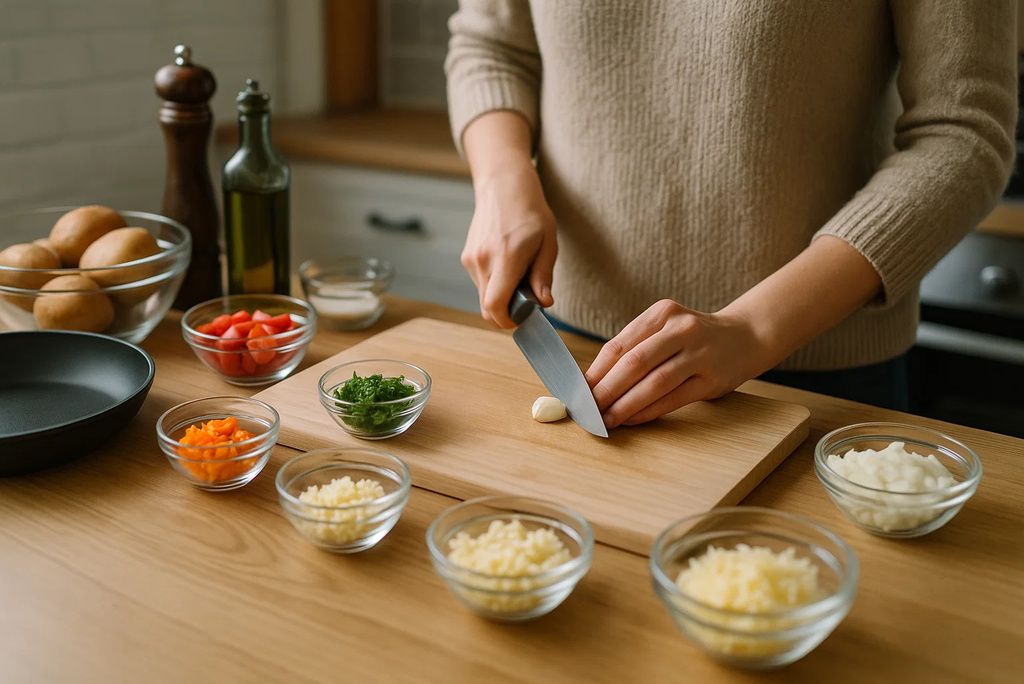
Next, let’s talk organization. Adopting the “mise en place” method—French for “everything in its place”—helps reduce chaos and boost efficiency. Before you turn on the stove, chop your vegetables, measure out spices, and prep your cooking tools. This prevents last-minute scrambles and helps ensure a smooth cooking process. Furthermore, it allows for better focus and improves your knife skills over time. This practice is particularly helpful for recipes that move quickly, like stir-fries or caramel sauces. For a detailed guide, visit The Kitchn.
3. Keep a “Garbage Bowl” Handy
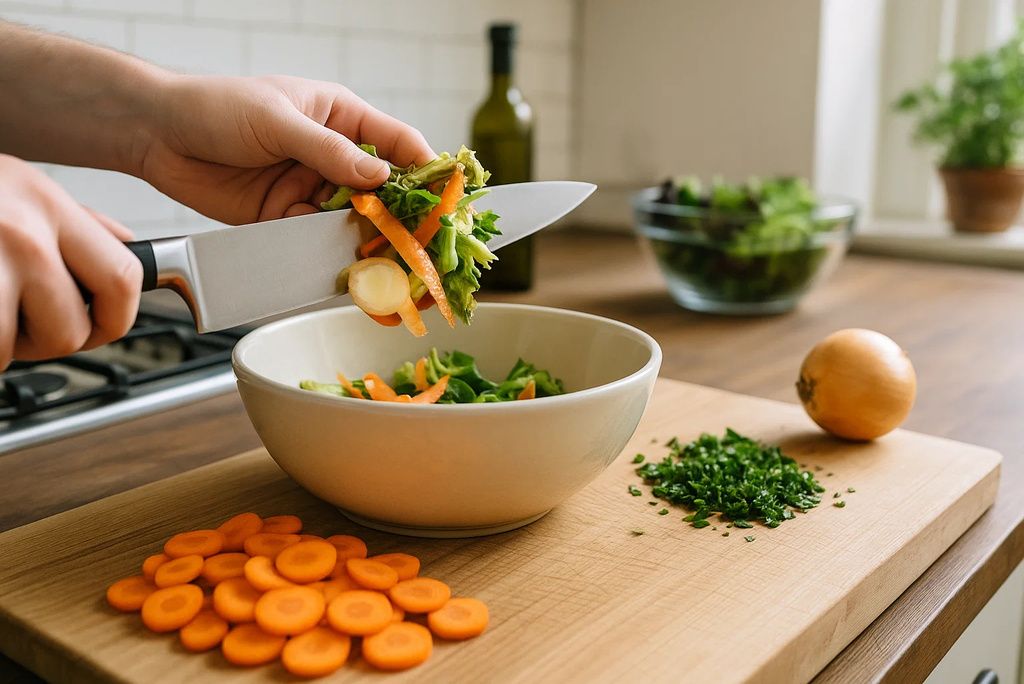
Another small but mighty trick is using a “garbage bowl” while cooking. Instead of running back and forth to the trash can, collect food scraps—like peels, stems, or wrappers—in a large bowl nearby. This not only saves time but also keeps your workspace tidy and reduces potential messes or accidents. Especially during intense prep, like baking or making soups, this trick is a game-changer. It’s a chef-approved method for maintaining flow and minimizing distractions.
4. Use Kitchen Shears More Often
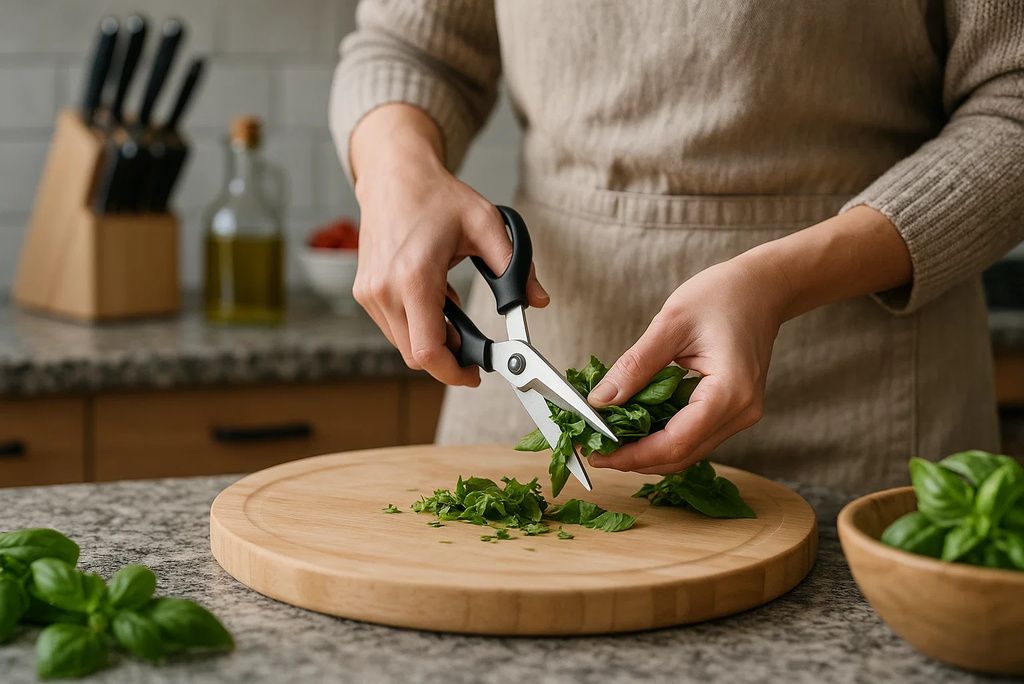
Moving on, one of the most overlooked tools in the kitchen is a good pair of kitchen shears. These scissors are incredibly versatile—perfect for snipping herbs, cutting bacon, trimming pastry dough, or even slicing pizza. In fact, they often outperform knives in terms of speed and safety. For meat prep, heavy-duty shears can even cut through poultry bones. Just be sure to reserve one pair solely for food use and keep them clean. Reliable brands like OXO or Wüsthof offer great options.
5. Learn to “Season As You Go”
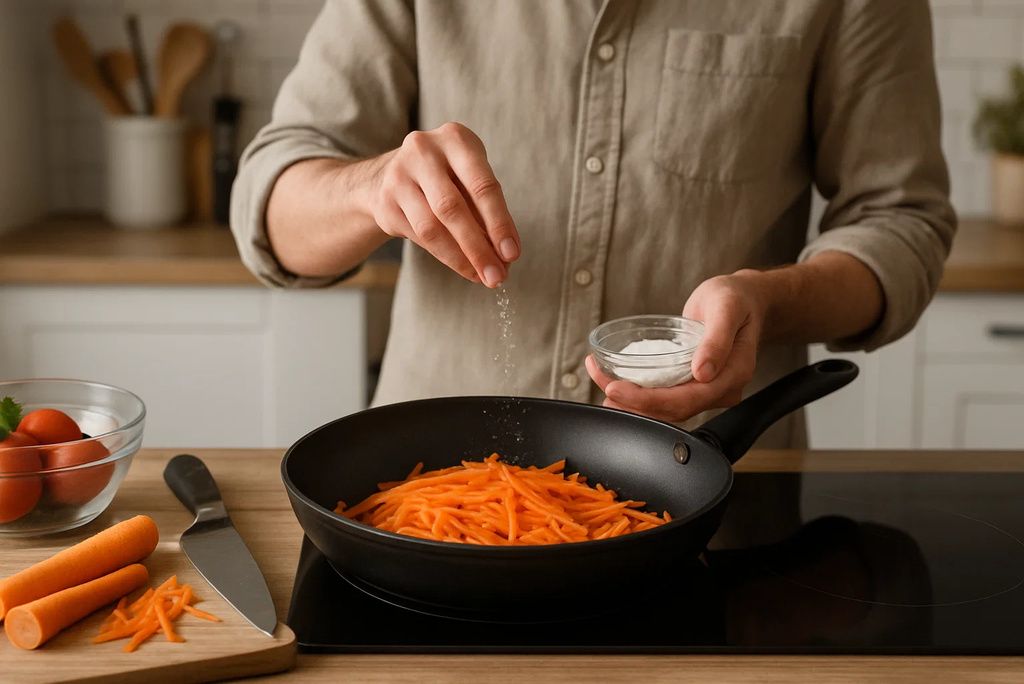
As you continue improving, remember this key principle: flavor develops in layers. Instead of seasoning only at the end, add salt, spices, or herbs at various stages of cooking. This technique allows flavors to deepen and evolve. For instance, include dried thyme early in a stew, then finish with fresh parsley for a burst of freshness. A squeeze of lemon or vinegar at the end can also bring a dull dish back to life. Taste frequently and adjust based on how the dish changes.
6. Boil Water Faster with a Kettle

When it comes to saving time, using an electric kettle can make a big difference. Instead of waiting ages for a pot to boil, heat water in the kettle and transfer it to your pasta or rice pot. This is particularly helpful on slow stovetops. Moreover, it’s handy for making tea, instant noodles, or blanching vegetables. Many kettles even come with temperature controls, ideal for precise tea brewing. A quality kettle from Cuisinart or Breville is a worthwhile addition.
7. Freeze Herbs in Olive Oil
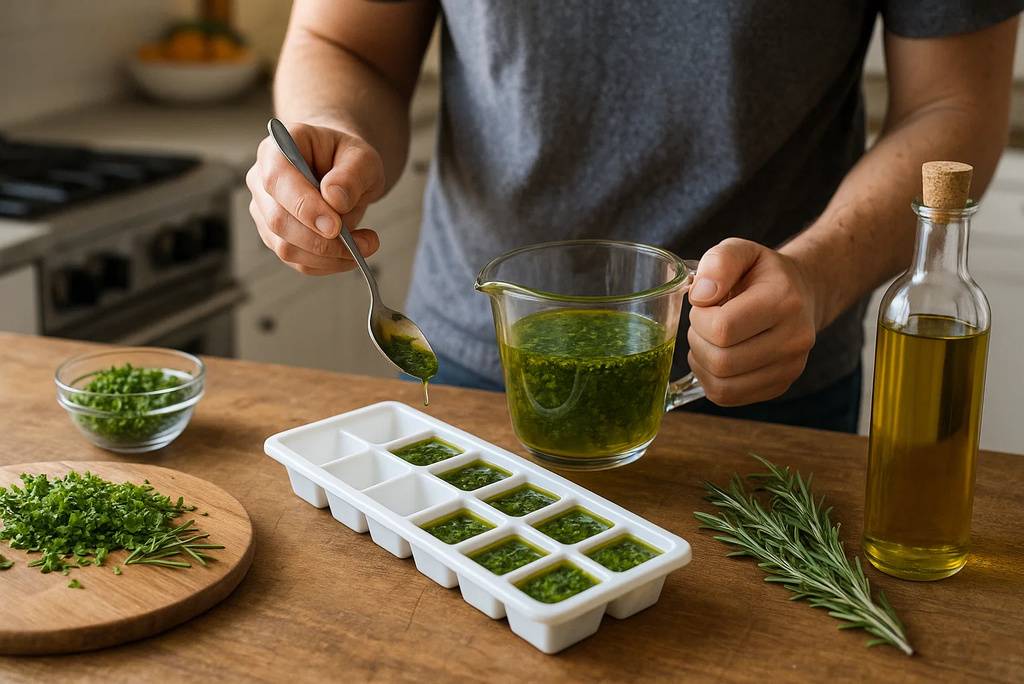
To reduce waste and always have flavor at your fingertips, try freezing herbs in olive oil. Simply chop fresh herbs like basil or thyme, place them in ice cube trays, and cover with oil before freezing. Then, pop a cube into your skillet to jumpstart sauces, stews, or sautés. This method not only preserves the herbs’ essence but also enhances your meals effortlessly. Additionally, you can add garlic or chili flakes to each cube for variety. For more freezer hacks, check out BBC Good Food.
8. Don’t Overcrowd the Pan
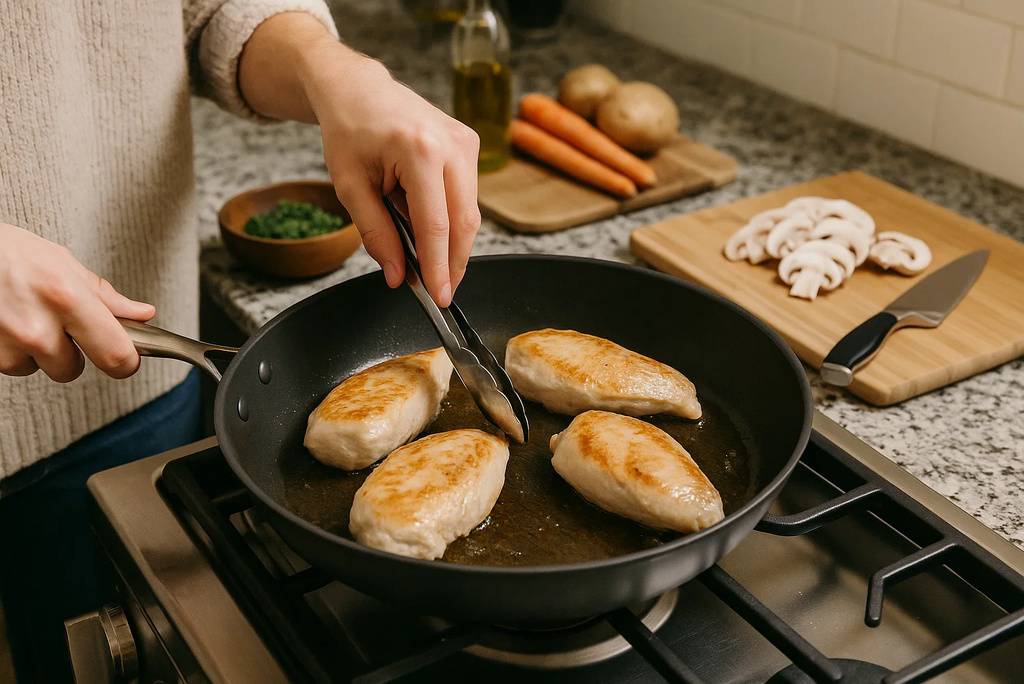
To ensure proper browning and flavor development, avoid overcrowding your pan. Piling in too many ingredients lowers the pan’s temperature, leading to steaming instead of searing. As a result, you might end up with soggy mushrooms or pale chicken. Instead, cook in batches and leave space between items. A hot, wide skillet works best for promoting caramelization. This approach yields better texture and taste across the board. To understand the science behind this, visit Cooks Illustrated.
9. Invest in a Digital Thermometer
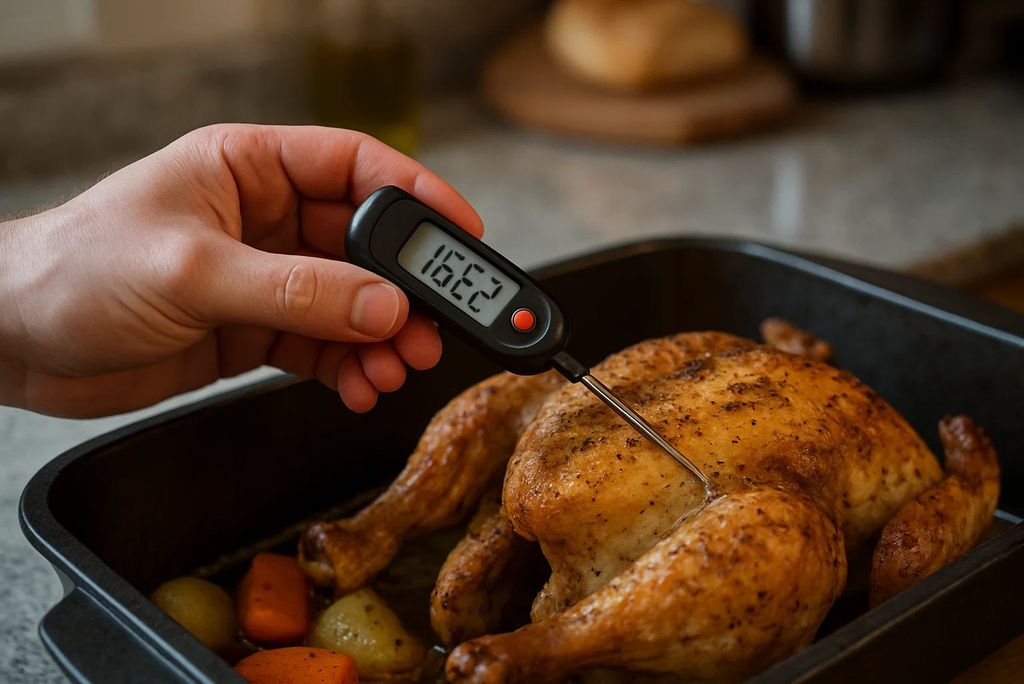
Now, let’s talk accuracy. A digital thermometer is one of the best tools for ensuring food safety and precision. No more guessing if chicken is done—just check that it hits 165°F. For steaks, a medium-rare temperature is around 130°F. Beyond meats, thermometers also help when baking bread or making candy. Instant-read models are affordable, easy to use, and highly reliable. This simple investment pays off in flavor and peace of mind.
10. Always Rest Your Meat
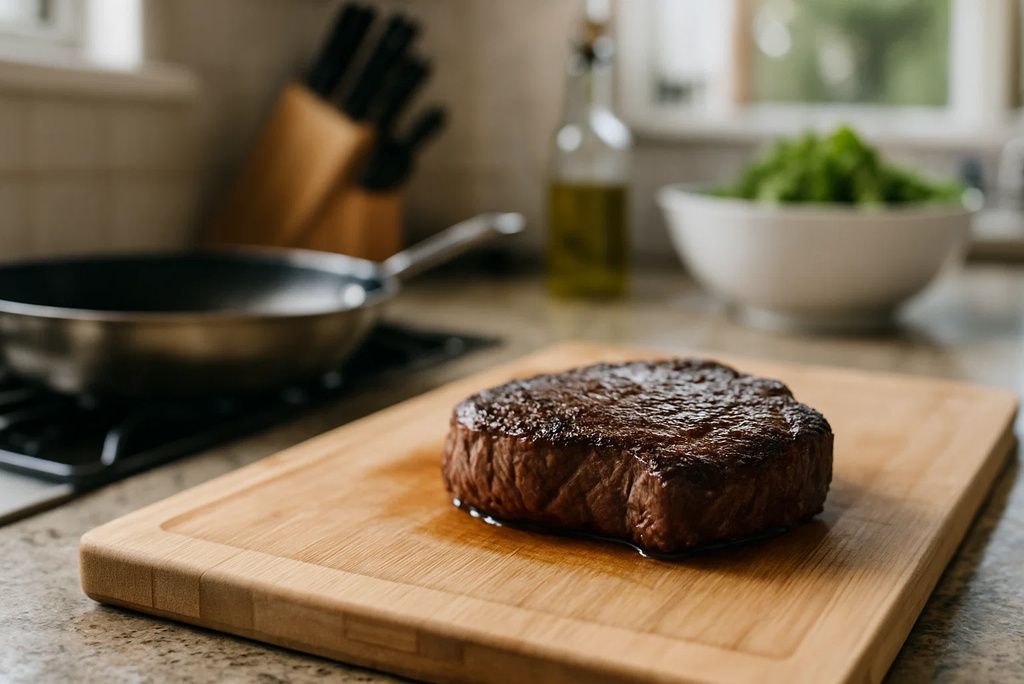
After cooking, it’s essential to let meat rest. Cutting too soon causes juices to escape, leaving the meat dry. Resting gives time for the juices to redistribute throughout. Steaks need about 5–10 minutes, while roasts benefit from 15–20 minutes. Tent the meat loosely with foil to retain warmth. This small pause can make a significant difference in taste and tenderness. From pork chops to holiday turkeys, resting is always worth it. Read more about the benefits at The Spruce Eats.
11. Save Pasta Water
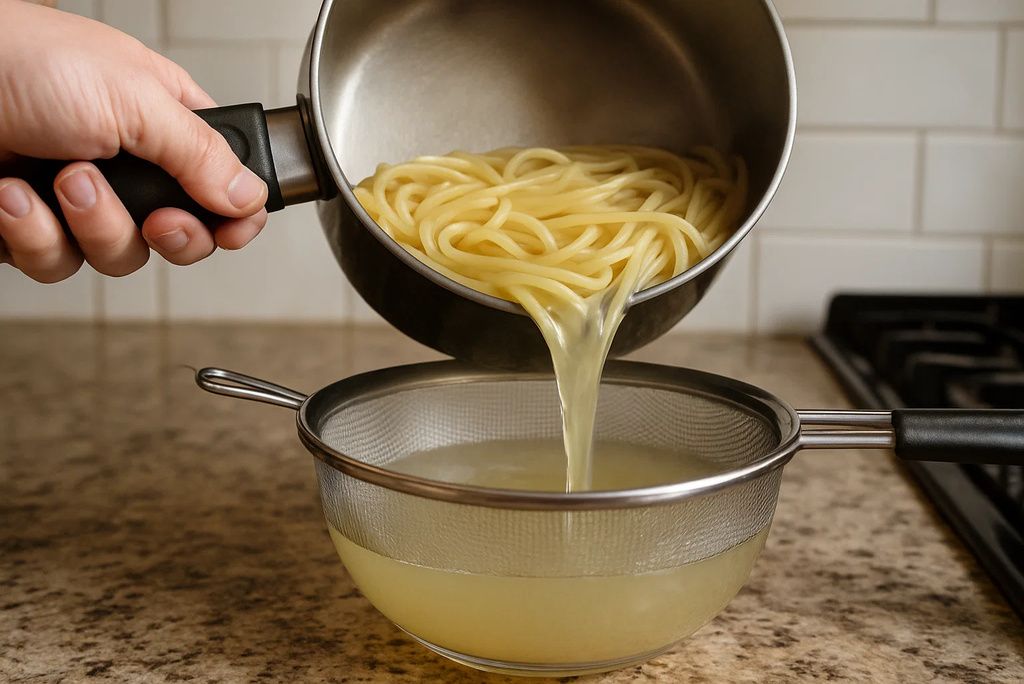
Before draining your pasta, don’t forget to save a cup of the cooking water. This starchy liquid acts as a natural thickener that helps sauces cling to noodles. For example, adding it to pesto or tomato sauce makes them smoother and more cohesive. Instead of clumpy, dry pasta, you’ll achieve that silky, restaurant-like texture. Many Italian chefs swear by this simple but powerful technique.
12. Preheat Pans for Better Cooking
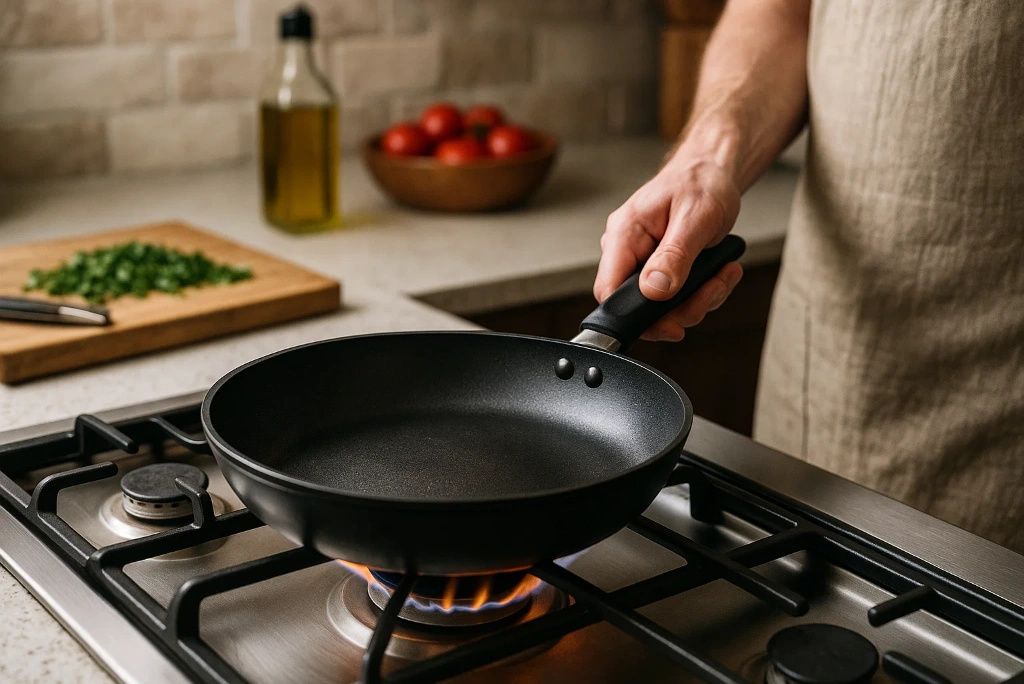
For optimal results, always preheat your pan before adding food. A cold pan causes ingredients to cook unevenly and stick more easily. By contrast, a properly heated pan encourages browning and prevents sogginess. To test readiness, flick a drop of water—if it sizzles and evaporates quickly, it’s good to go. Use this method for everything from stir-fries to eggs. Just be cautious with nonstick pans to avoid overheating.
13. Use Citrus Zest for Extra Flavor
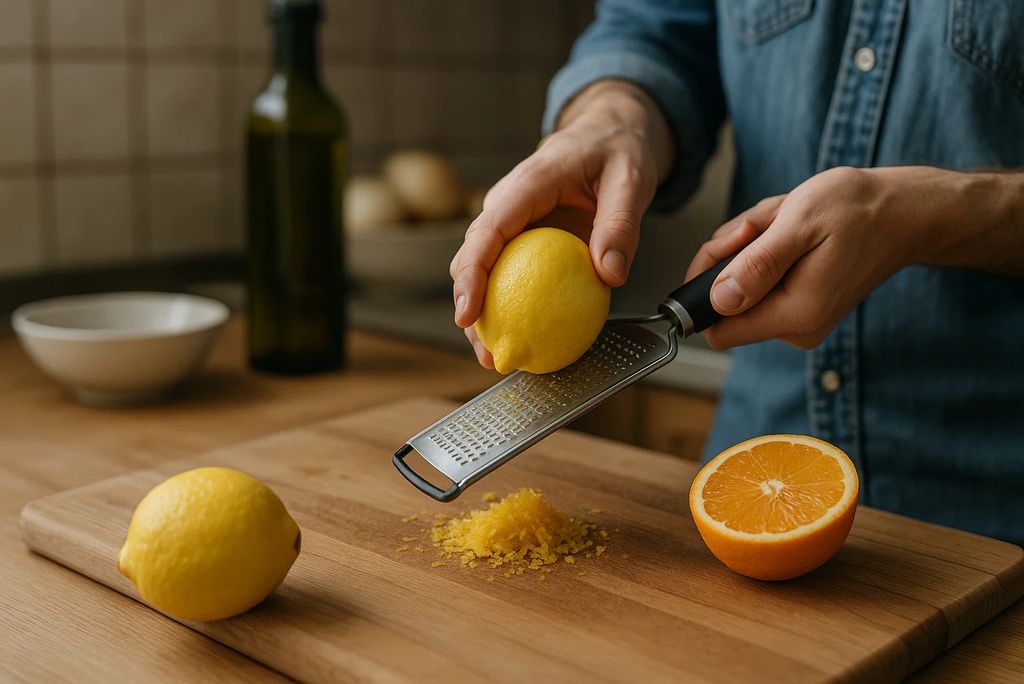
If you want to brighten up your dishes naturally, reach for citrus zest. The oils in lemon, lime, and orange peels add an aromatic punch without extra acidity. Use a microplane to zest the fruit before juicing it. Mix it into baked goods, salad dressings, pasta dishes, or even scrambled eggs. Zest is versatile, refreshing, and easy to store in the freezer for later use. Just make sure to avoid the bitter white pith.
14. Taste, Adjust, Repeat
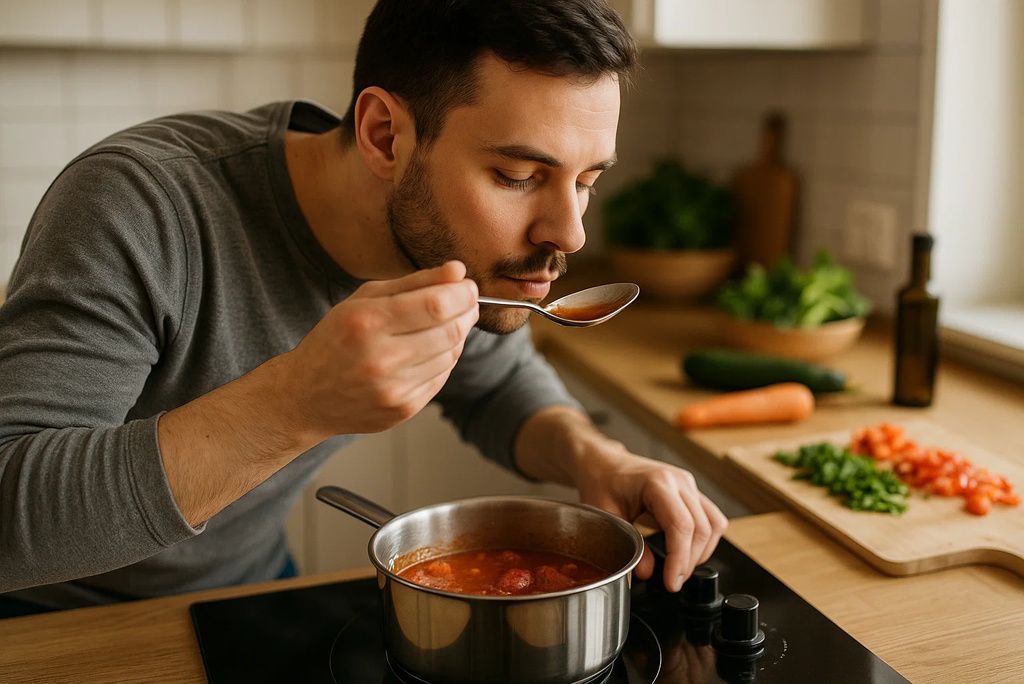
As you gain experience, develop the habit of tasting throughout the cooking process. Don’t wait until the end to make adjustments—season gradually and thoughtfully. Your palate is your best tool. Maybe your soup needs more salt, or your sauce could use a splash of vinegar. This ongoing tasting process helps you learn how flavors build and balance. It also ensures your final dish aligns with your vision.
15. Clean As You Go
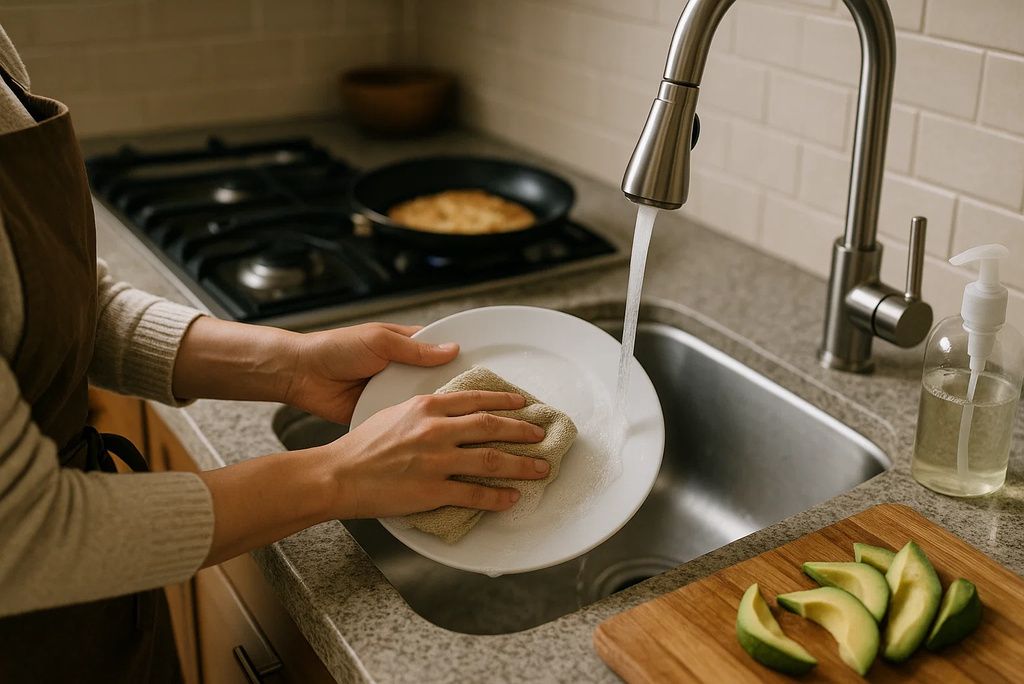
Finally, make cleanup easier by washing dishes and wiping counters as you cook. Letting messes pile up leads to kitchen stress and chaos. Instead, rinse utensils right after use and keep a bowl of soapy water in the sink for quick soaking. This not only improves efficiency but also reduces cross-contamination risks, especially when working with raw meats or eggs. It’s a habit that professional chefs live by and one that pays off immediately.

